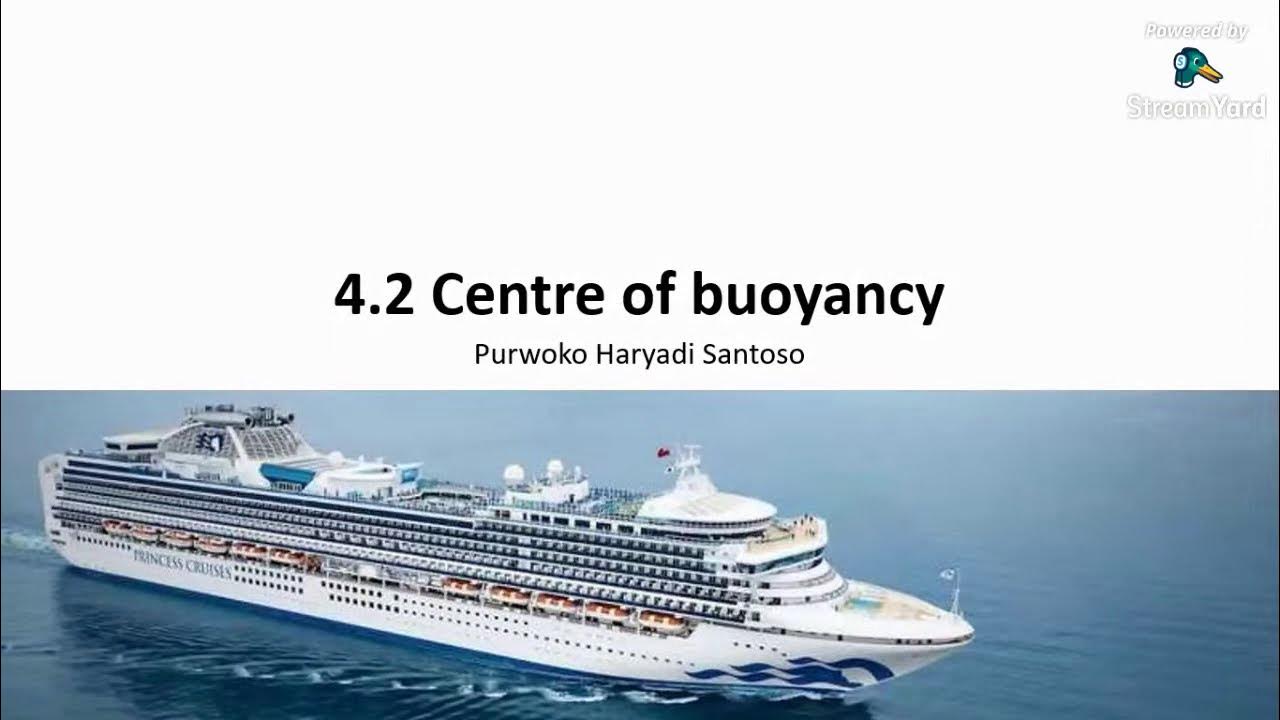Explained: Beaker Ball Balance Problem
Summary
TLDRIn this intriguing experiment, the narrator explores the principles of buoyancy and weight distribution using two balls in water-filled beakers. The heavier ball, when hung, causes the balance to tip due to the buoyant force it displaces, which is equal to the weight of the water it displaces according to Archimedes' Principle. The ping pong ball, however, experiences a counteracting force, resulting in minimal increase in the beaker's weight. An additional experiment is proposed, where a free ping pong ball is submerged, prompting viewers to predict the balance's behavior and engage in a discussion on the principles at play.
Takeaways
- 🔍 The balance experiment involves releasing a balance and observing its behavior.
- 🏋️♂️ The balance tips towards the right due to the heavier ball hanging on the right side.
- 💧 Both balls displace the same amount of water, which is a key factor in the experiment.
- 🔄 Archimedes Principle is invoked to explain the buoyant force acting on the balls.
- 🌐 Newton’s Third Law is used to describe the equal and opposite forces on the water in both beakers.
- 📚 The beaker with the hanging ball gets heavier due to the buoyant force supporting part of its weight.
- 🏓 For the ping pong ball, the downward force on the water is mostly counteracted by the tension in the string.
- 📉 The weight of the beaker with the ping pong ball only increases by the weight of the ball itself, not the displaced water.
- 🔄 The beaker with the hanging ball ends up being heavier due to the increased weight from the displaced water.
- 🧪 An additional experiment is proposed involving a free ping pong ball submerged just under the water surface.
- ❓ The audience is asked to predict whether the balance would tilt towards the hanging ball, the submerged ping pong ball, or remain balanced.
Q & A
What is the main event described in the script?
-The main event is the demonstration of a balance experiment where two balls, one heavier and one lighter (ping pong ball), are placed in water-filled beakers to observe the effect on the balance due to buoyant forces.
What is Archimedes Principle mentioned in the script?
-Archimedes Principle states that the upward buoyant force exerted on a body immersed in a fluid is equal to the weight of the fluid that the body displaces.
Why does the balance tip towards the heavier ball?
-The balance tips towards the heavier ball because the buoyant force acting on the heavier ball supports some of its weight, reducing the tension in the string and increasing the effective weight of the beaker it's in.
How does the buoyant force affect the weight of the beaker with the hanging ball?
-The buoyant force on the hanging ball supports part of its weight, which is then transferred to the beaker, effectively increasing the beaker's weight by the weight of the water displaced by the ball.
What happens to the weight of the beaker with the ping pong ball?
-The weight of the beaker with the ping pong ball only increases by the weight of the ball itself, as the buoyant force is almost entirely counteracted by the tension in the string.
What is Newton’s Third Law and how does it relate to the experiment?
-Newton’s Third Law states that for every action, there is an equal and opposite reaction. In the experiment, the buoyant force exerted by the water on the balls is balanced by an equal and opposite force exerted by the balls on the water.
What is the proposed additional experiment involving the ping pong ball?
-The additional experiment involves submerging a free ping pong ball just barely under the water's surface and observing the effect on the balance when allowed to rotate.
What are the three possible outcomes of the additional experiment with the submerged ping pong ball?
-The three possible outcomes are: A) the balance tilts towards the hanging acrylic ball, B) the balance tilts towards the barely submerged ping pong ball, or C) the balance remains perfectly balanced.
Why does the script ask for predictions and explanations from the audience?
-The script encourages audience participation and engagement by asking them to make predictions and provide explanations, which helps to stimulate discussion and enhance understanding of the principles involved.
What is the purpose of the balance experiment in the script?
-The purpose of the balance experiment is to demonstrate and explain the principles of buoyancy and weight distribution, as well as to challenge the audience's understanding and predictions of the outcomes.
How does the tension in the string affect the weight of the beaker with the ping pong ball?
-The tension in the string counteracts the downward force of the water displaced by the ping pong ball, resulting in the beaker's weight only increasing by the weight of the ping pong ball itself, not the displaced water.
Outlines

This section is available to paid users only. Please upgrade to access this part.
Upgrade NowMindmap

This section is available to paid users only. Please upgrade to access this part.
Upgrade NowKeywords

This section is available to paid users only. Please upgrade to access this part.
Upgrade NowHighlights

This section is available to paid users only. Please upgrade to access this part.
Upgrade NowTranscripts

This section is available to paid users only. Please upgrade to access this part.
Upgrade NowBrowse More Related Video
5.0 / 5 (0 votes)





